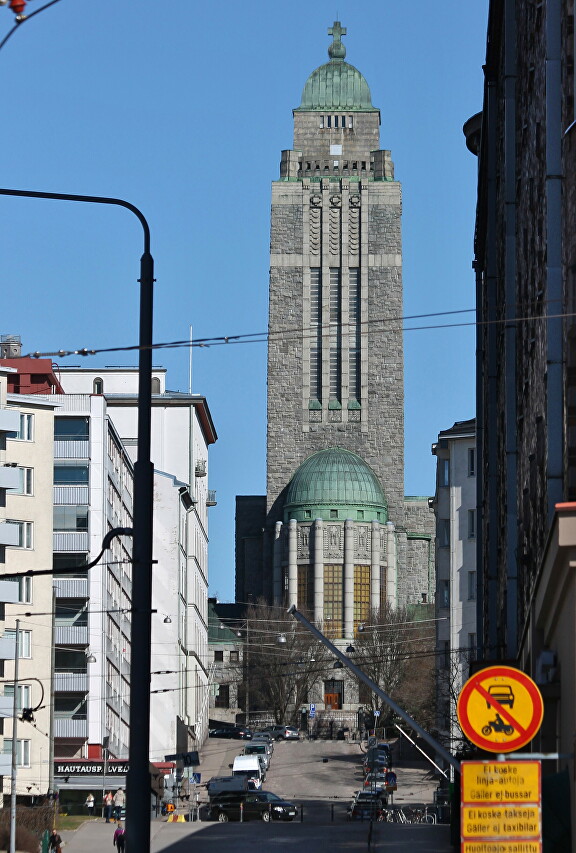Hakaniemientori Square, Helsinki
After walking a block from the Pitkäsilta Bridge, you will find yourself in the square that starts the Kallio district, which was once a working-class suburb. Until the nineteenth century, the site was a swampy lowland, drained and built up during the Industrial Revolution. The square is called Hakaniementori, which literally translates as "Hakamieni Market".
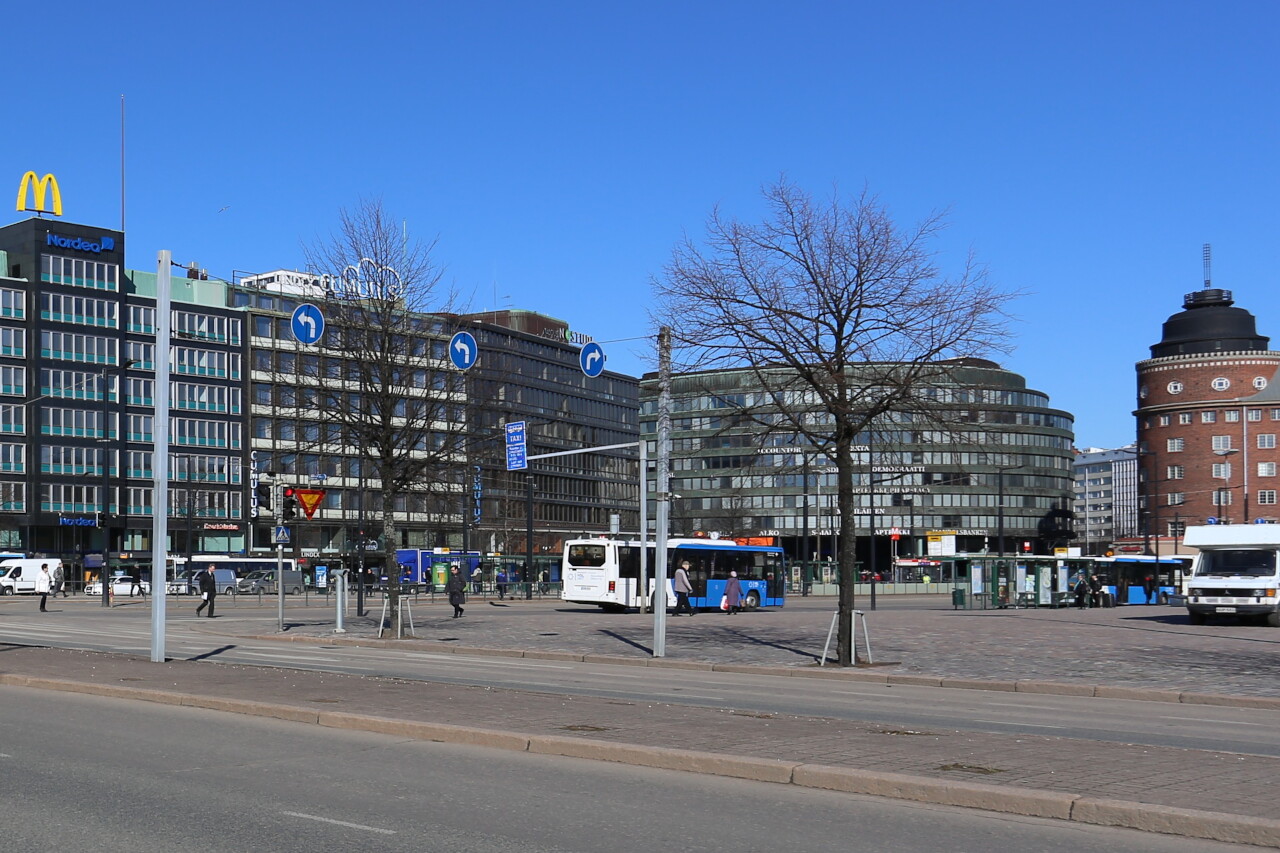
Trade on the square was allowed on the eve of the Christmas holidays in 1897 and at first only food products were sold here, both grown by farmers and obtained in the wild - mushrooms, berries, hunting trophies. At the beginning of the 20th century, the range expanded to the construction of a two-story commercial building in the northern part of the square, where absolutely everything was sold: agricultural products, fish, dishes and other household utensils, textiles,leather and furry products, as well as hay, coal and firewood, there were also many stalls where you could eat and drink. After the opening of the Trading floor, trade on the square was prohibited, with the exception of dairy products and greens.
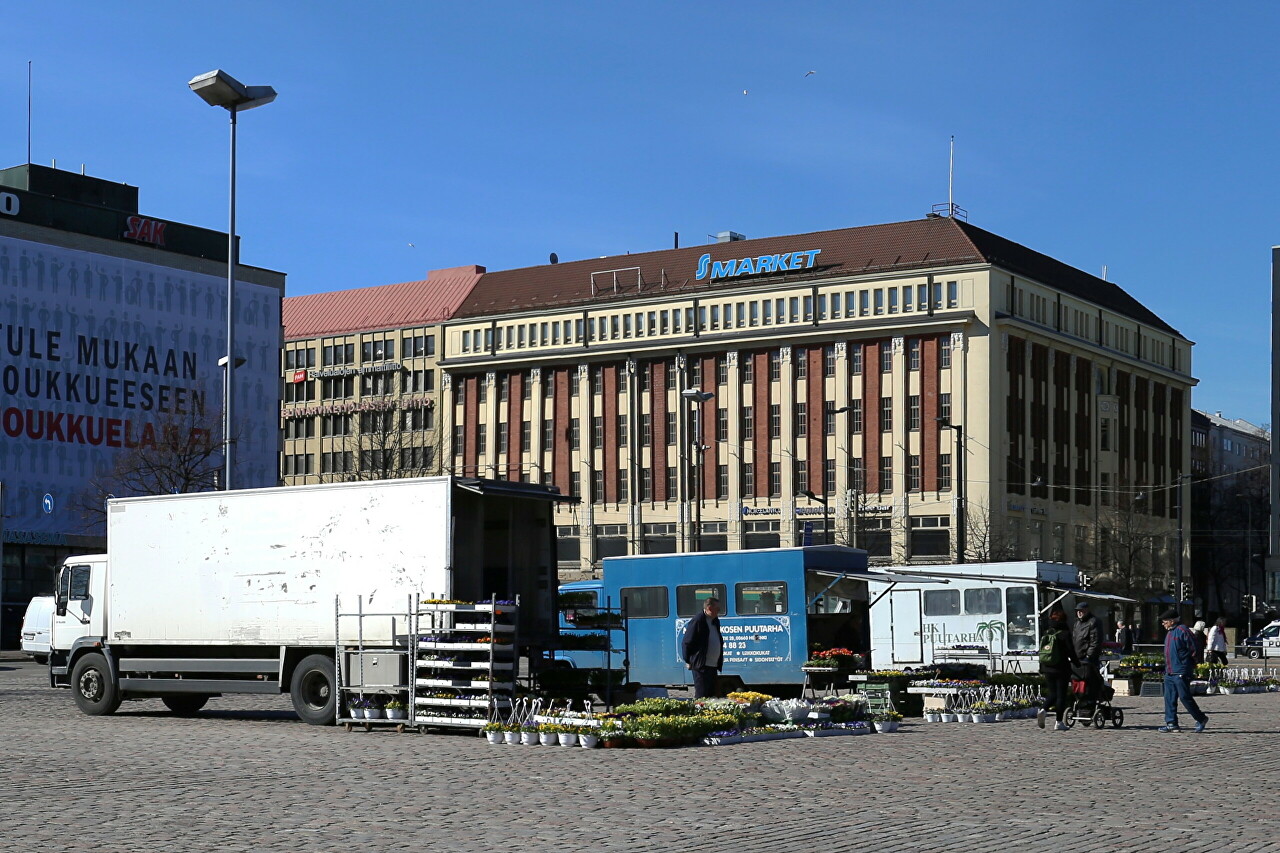
Since the birth of the labor movement in Finland, Hakaniementori Square has become the main venue for mass rallies and demonstrations, with the headquarters of trade union organizations located in the buildings around the square. On July 30, 1906, an uprising broke out in the Viapori fortress (now Sumomenlinna), which was supported by students and workers who went on strike. On August 2, the rebels stopped tram traffic, but the authorities tried to restore it by putting several armed gendarmes in the cars. While trying to dismantle the barricade on the square, a clash with a crowd of rioters occurred, as a result of which six people were killed.
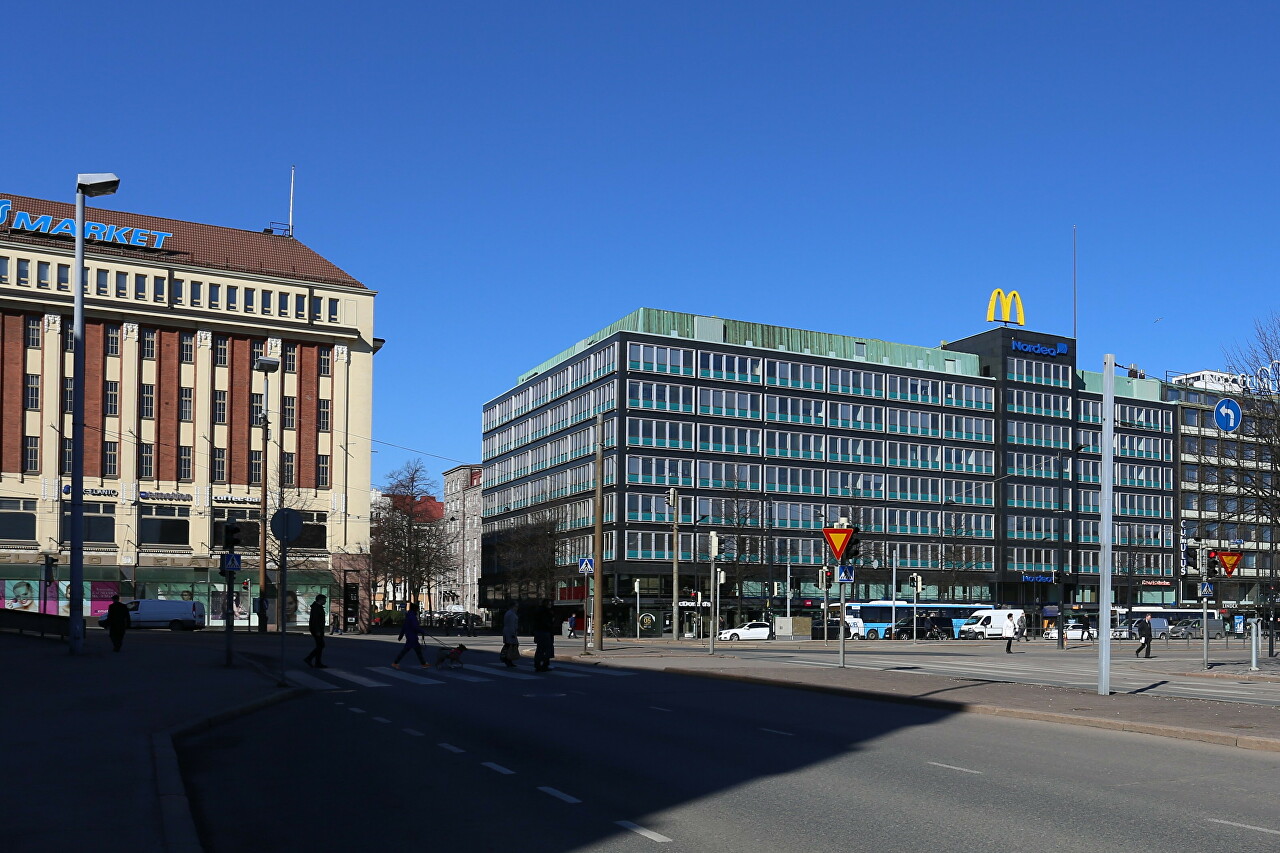
During the Second World War, the square was occupied by huge piles of firewood, which were brought here from the docks of the port along a specially built railway line. On August 6, 1940, pro-Soviet leftist forces staged a demonstration for friendship with the USSR on the square, during which several stacks of them were burned. This action went down in history as the "night of wood burners".
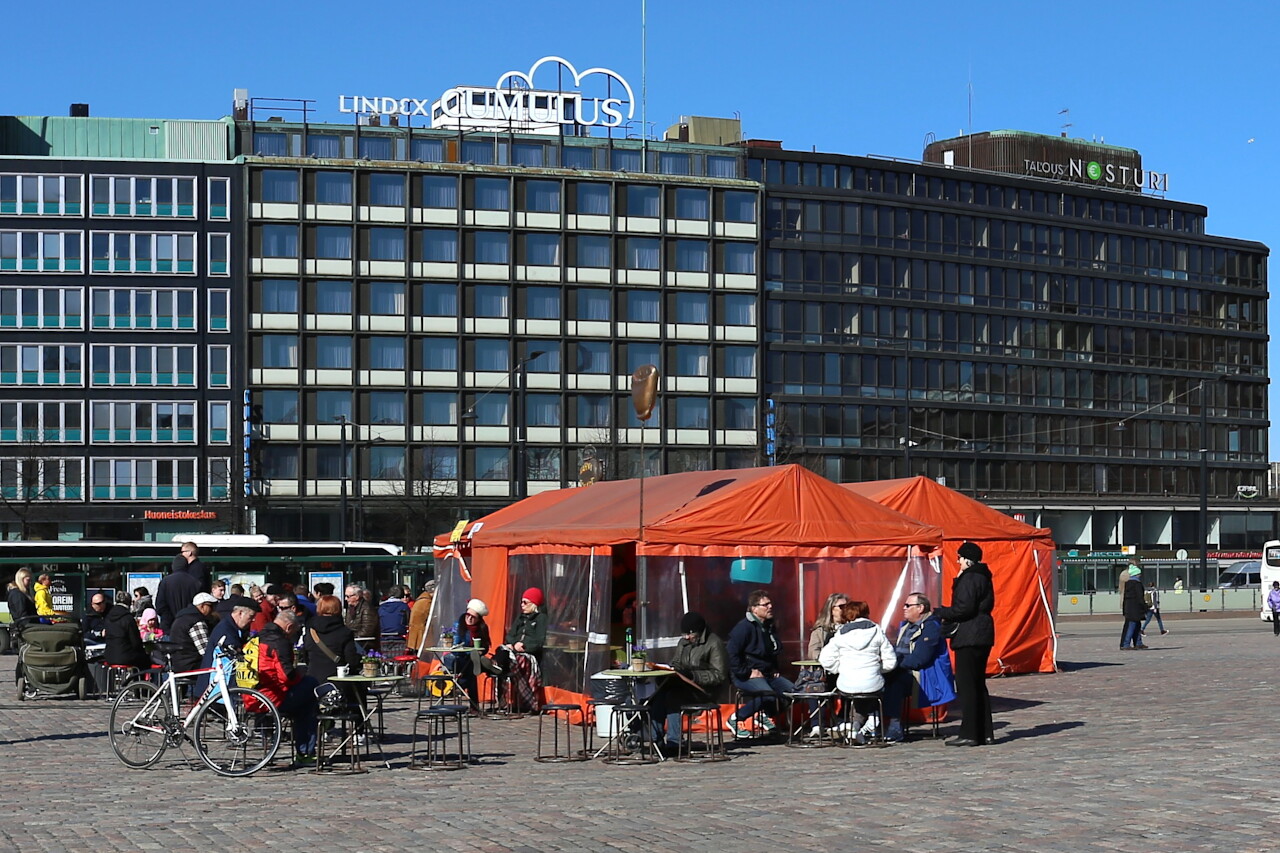
On the southern border of the square, in 1965, a box made of concrete and glass, called Metallitalo, was built as the headquarters of the metalworkers ' union.
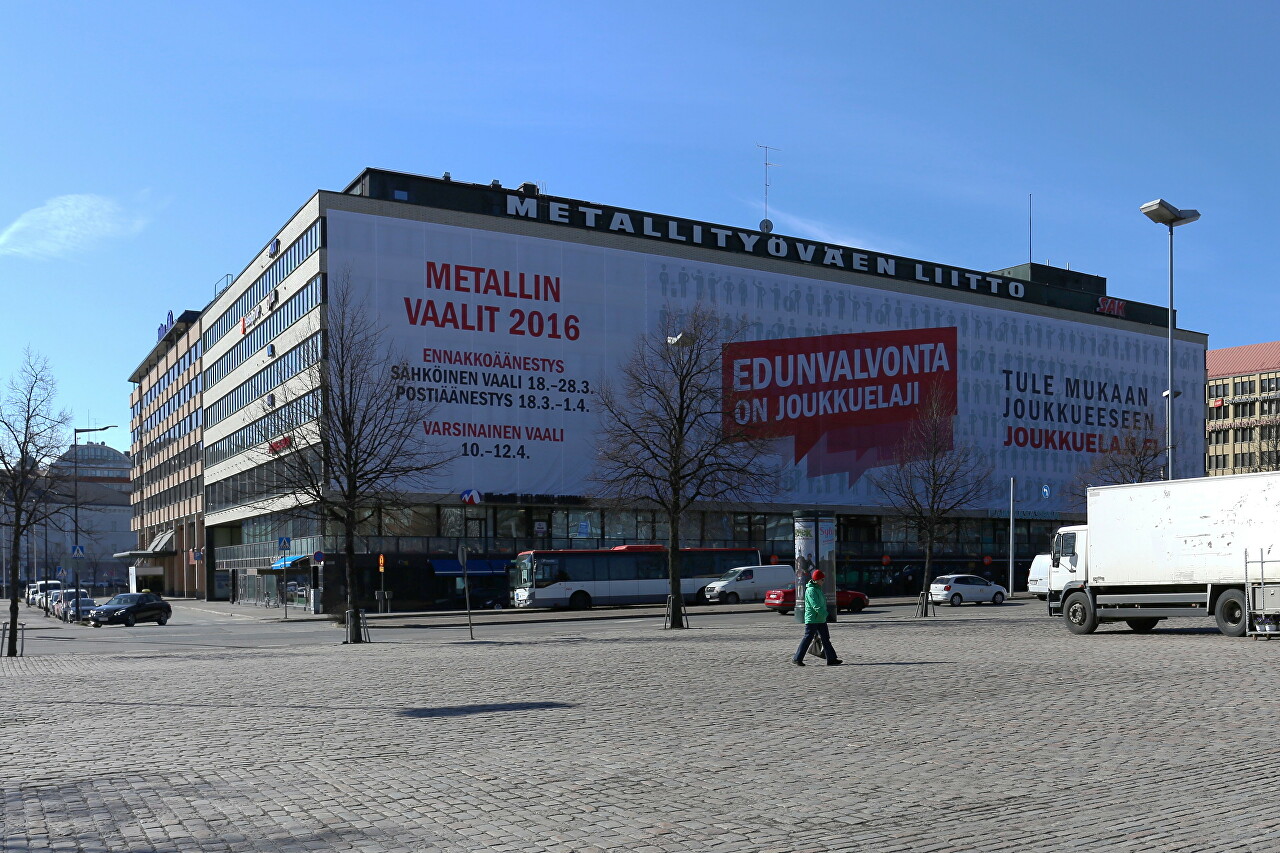
In 1969, the construction of the Helsinki metro began and on June 1, 1981, one of the first stations opened on the square. For this event, the square was completely renovated, completely replacing the paving stones and decorating them with small sculptural forms - cute turtles.

Trade was again allowed, and now from 7 to 14 hours from Monday to Saturday, you can buy fresh products that are brought directly from the farms. On every first Sunday of the month, there is a flea market on the square, where you can buy cheap the most unexpected things and rarities.
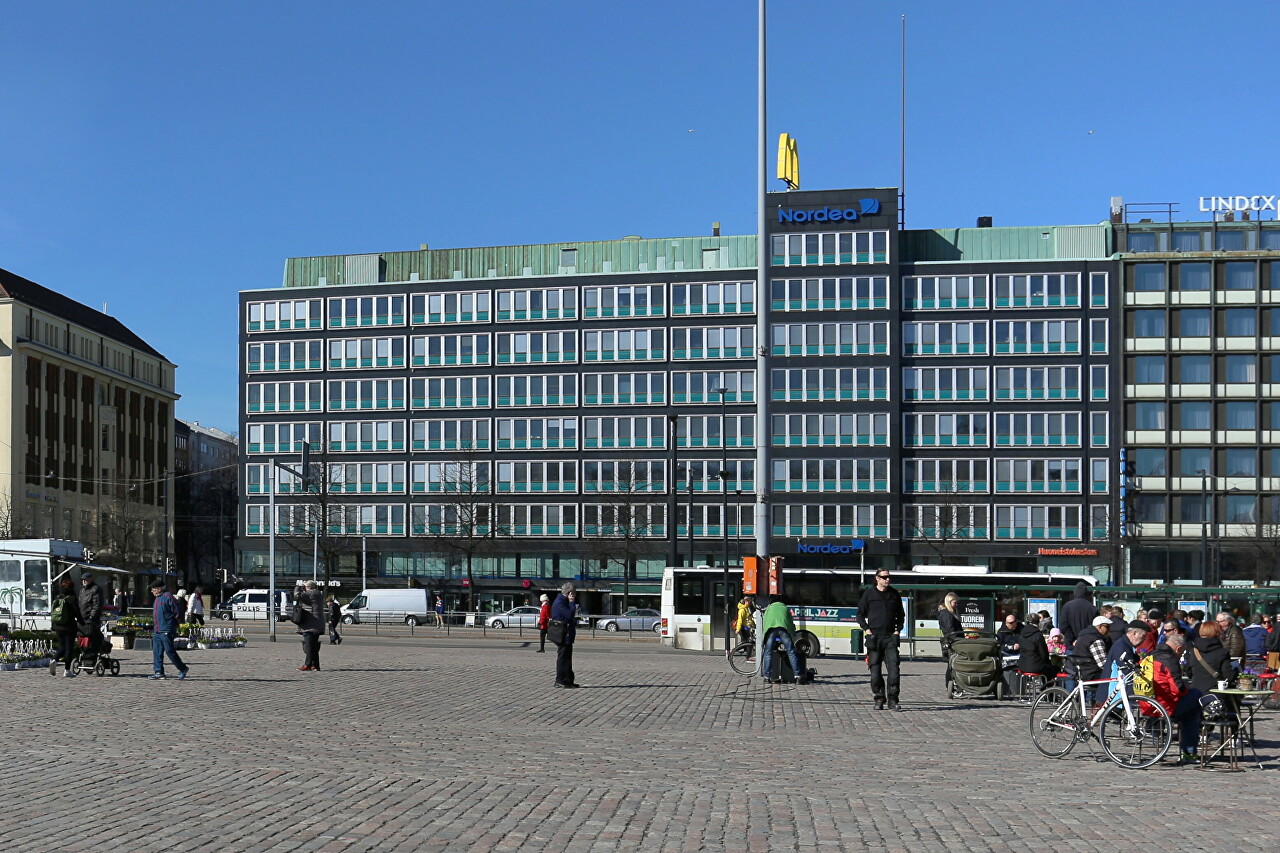
In the northern part of the square there is a Shopping Hall (Hakaniemen Kauppahalli).
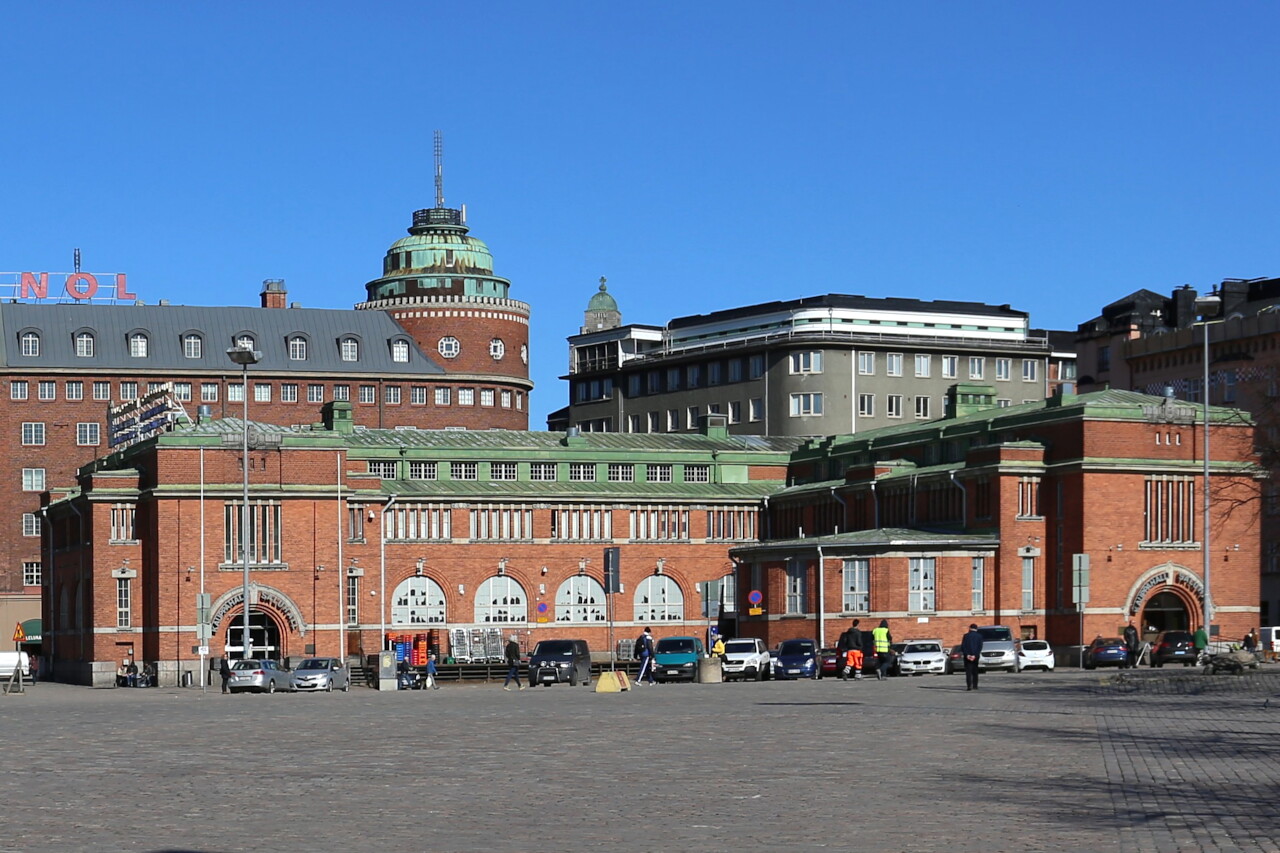
Behind the market you can see a triangular house, crowned at the corners with round turrets, this is the so-called Arena-talo, built in the twenties of the last century by Lars Sonk.
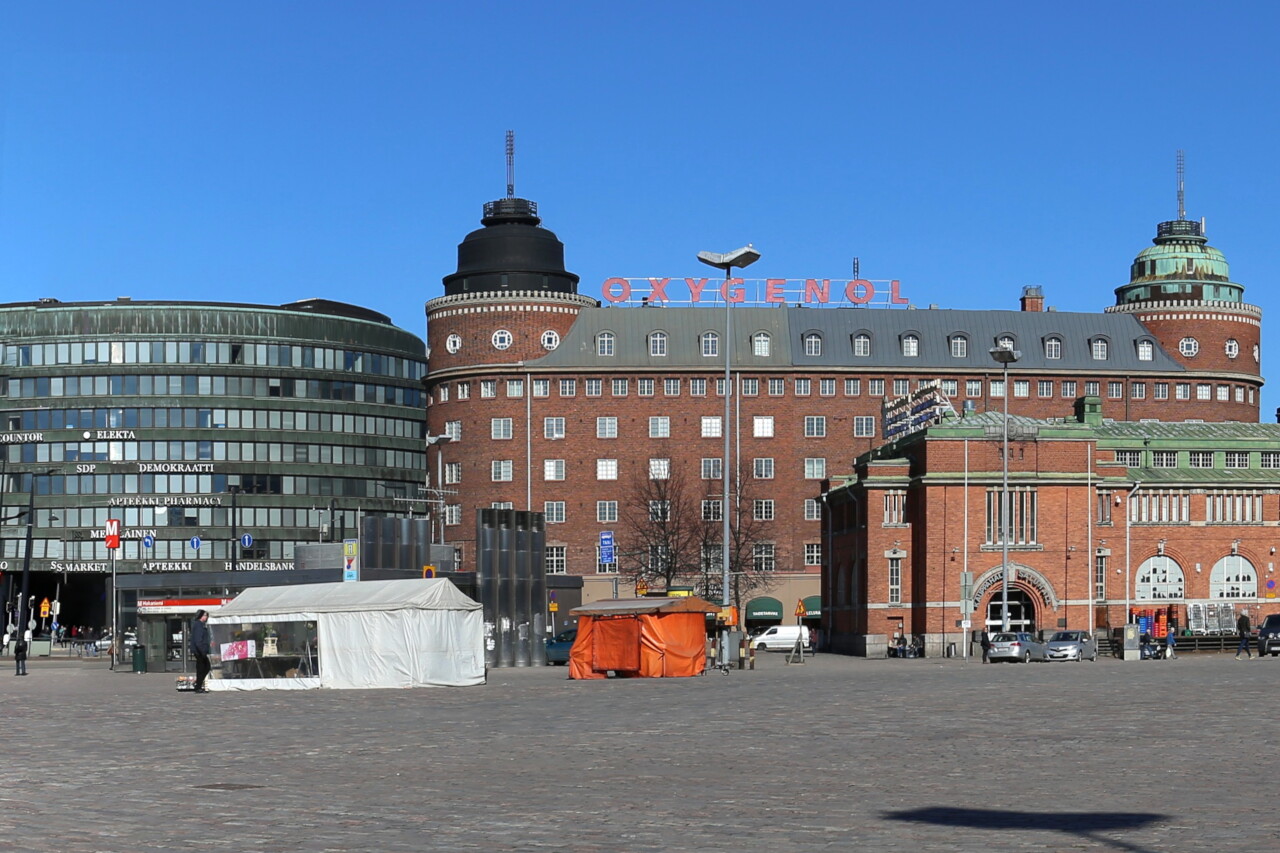
To the right of the Shopping Hall, on Hakaniemen Torikatu Street, there are two notable Art Nouveau houses designed by architect Heikki Kaartinen. The yellow house with a corner tower, bay windows and a granite basement was built in 1908.
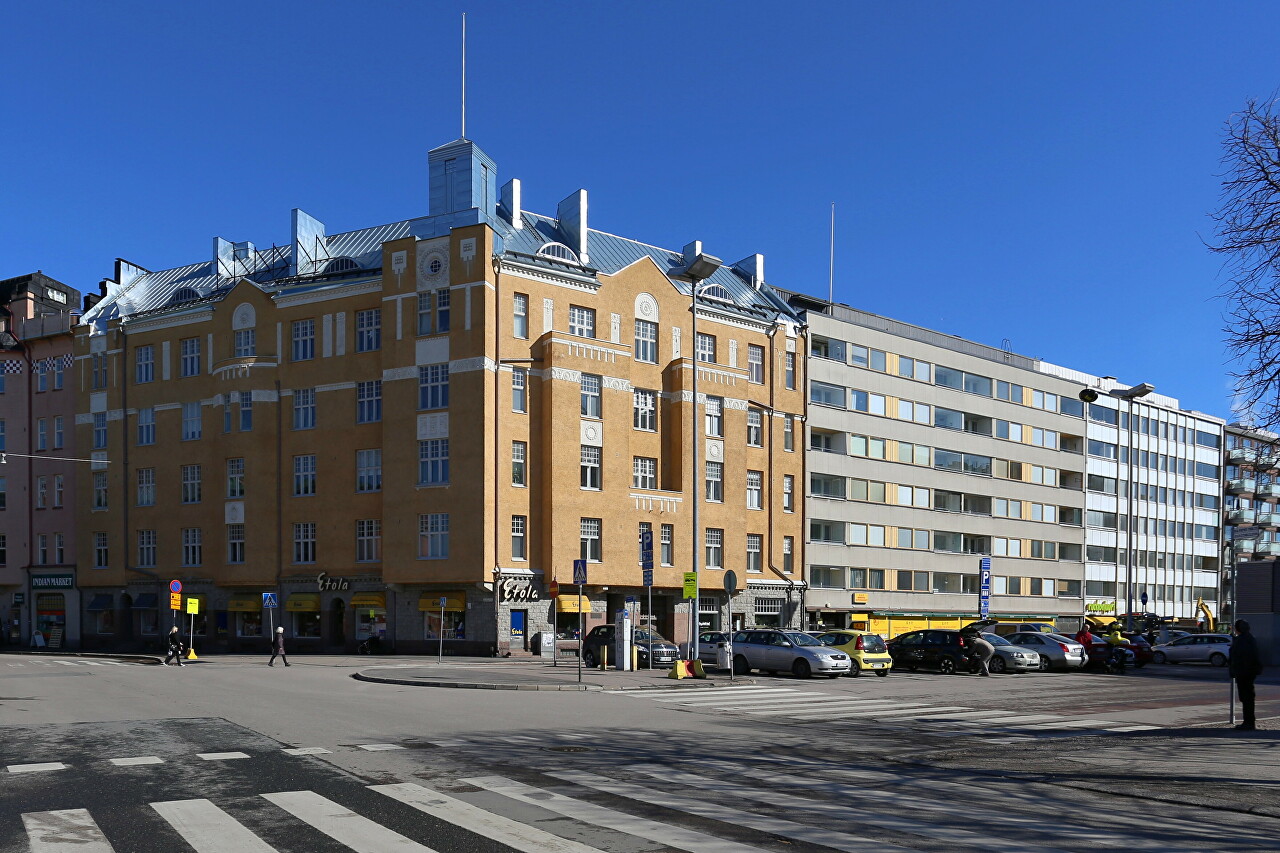
In this house, in August-September 1917, in the apartment of the Finnish social Democrat Gustav Rovio, the leader of the Bolsheviks and the first head of Soviet Russia, V. I. Lenin, hid from the persecution of the Russian authorities. In 1976, the Finnish government opened the Lenin Room Museum in the house as a friendly gesture towards the USSR. After the collapse of the Soviet Union in 1991, the museum was closed, now you can only see a memorial plaque on the wall of the house.
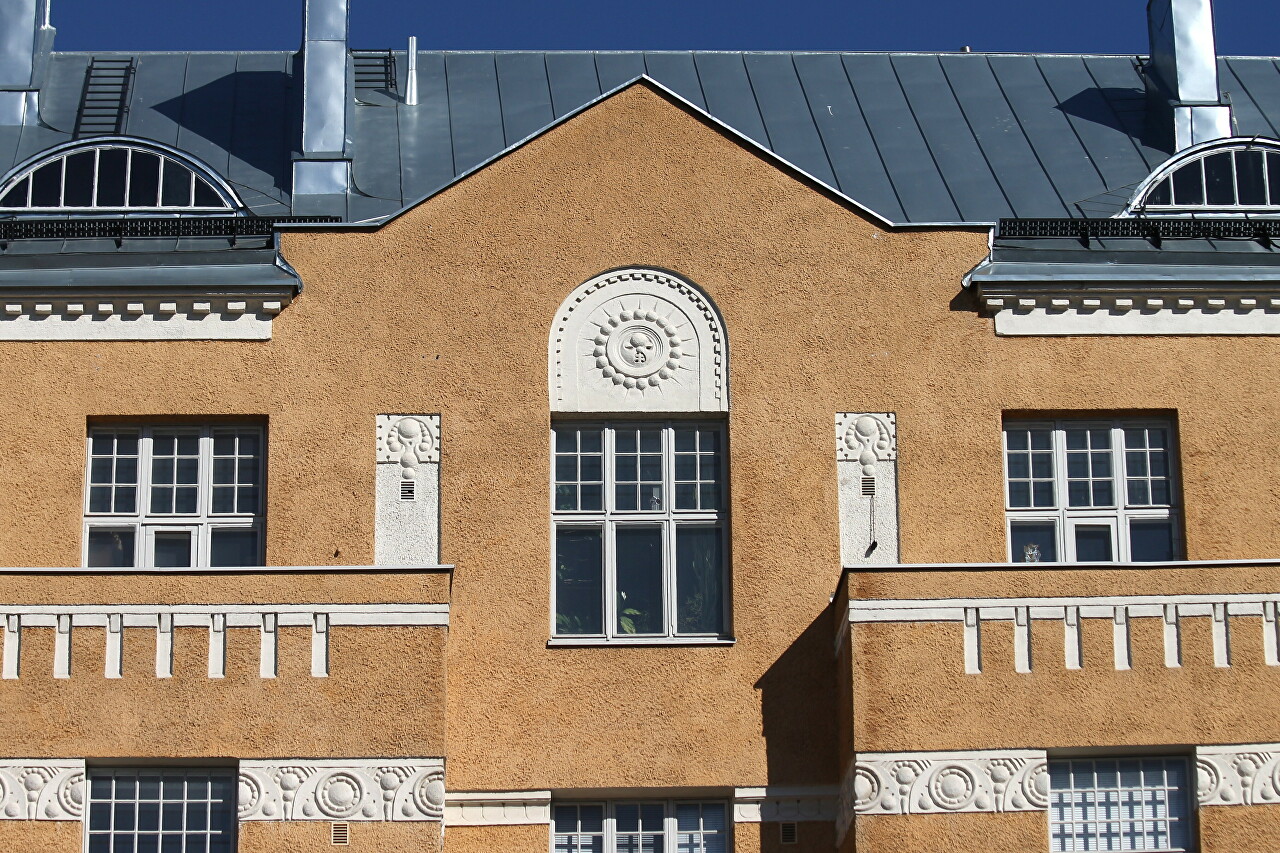
The house with a pink facade and modest geometric decor was built in 1906. In 2005, the project to restore the historical appearance of the building was awarded the Rose Award.
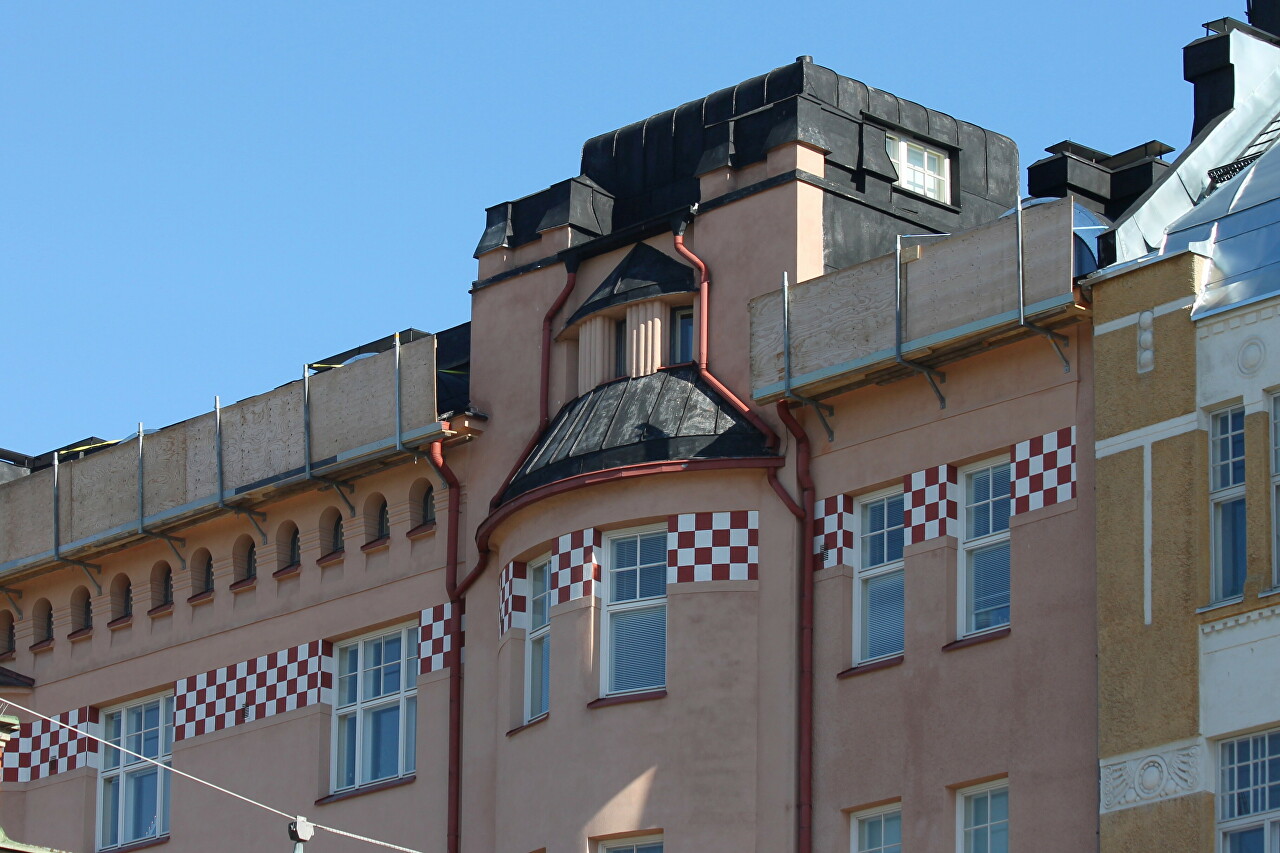
Opposite the Arena building, we can see the cylindrical office building Ympyrätalo (Round House), built in 1967 by architects Heikki and Kaya Siren.
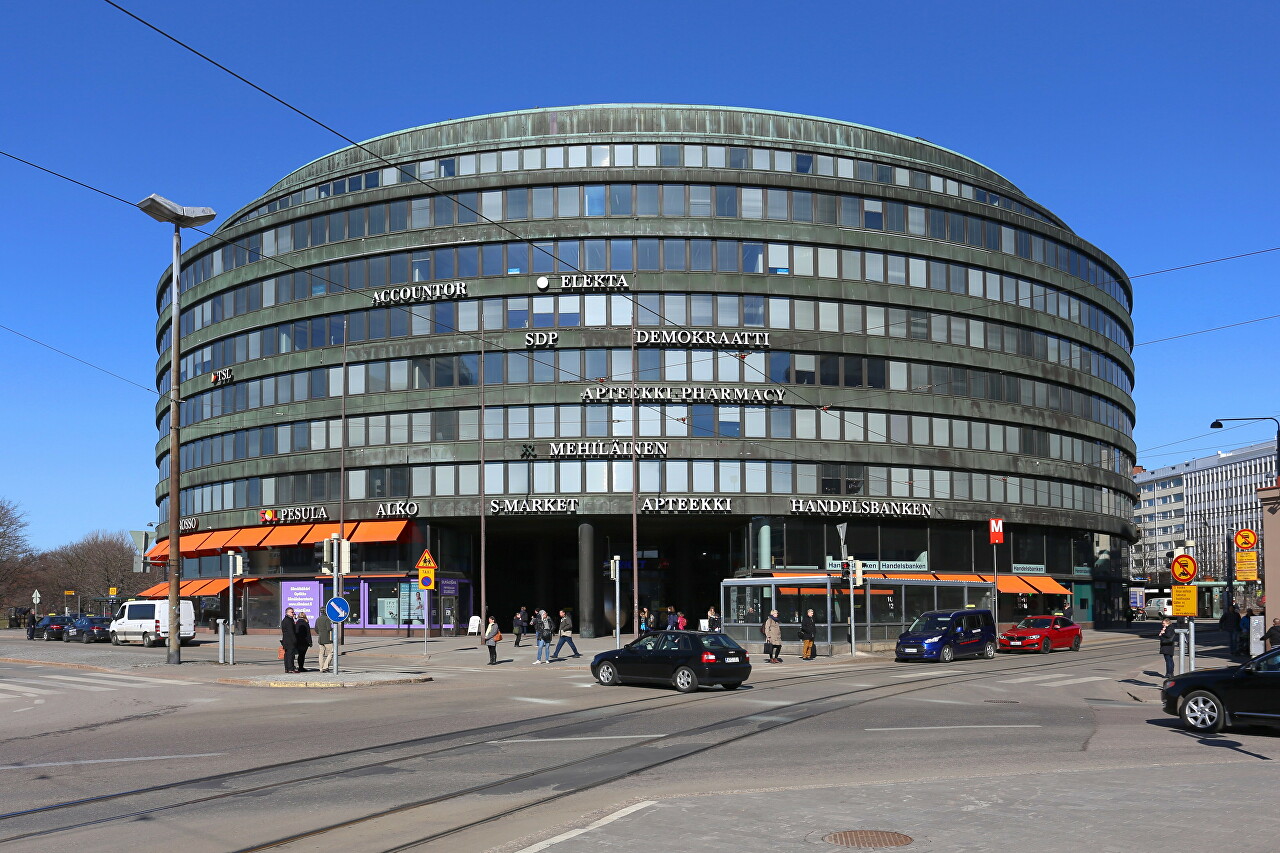
At the end of Siltasaarenkatu Avenue stands the Kallion kirkko Church, the next object of our walk. We will return to the square later, and I will tell you in detail about interesting objects on it.
